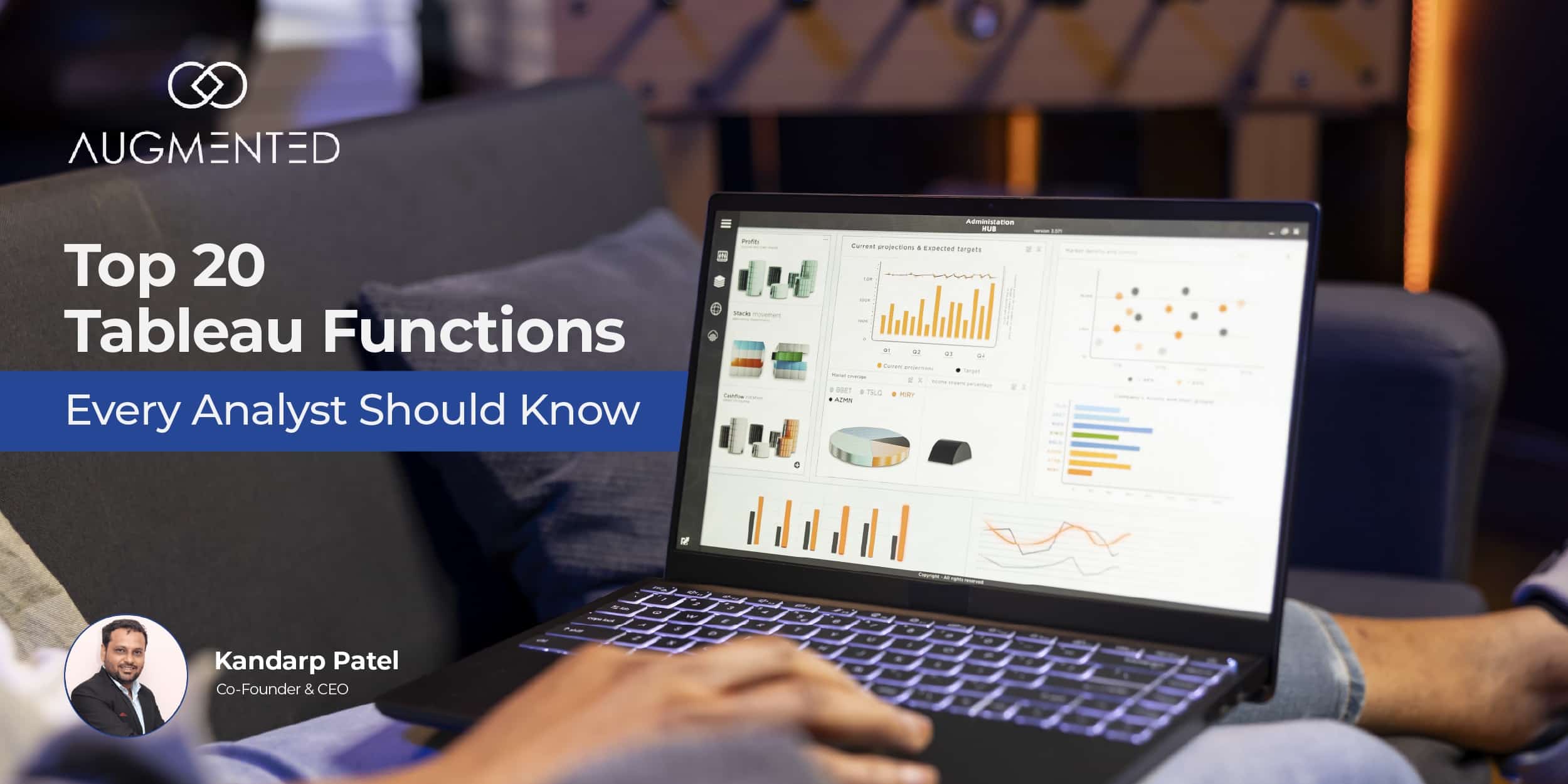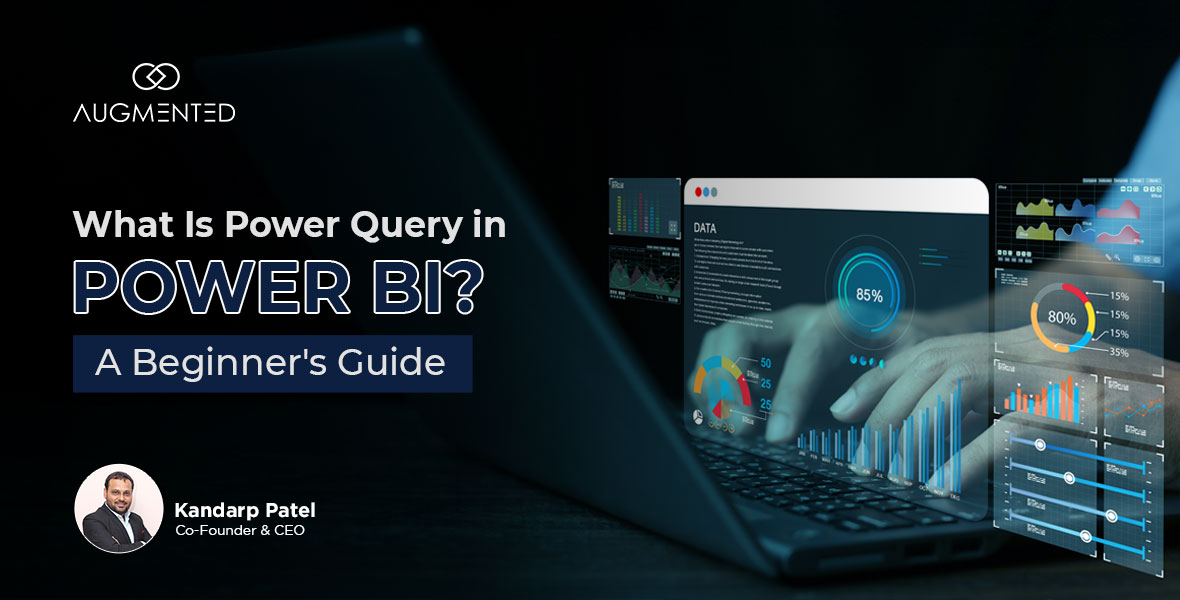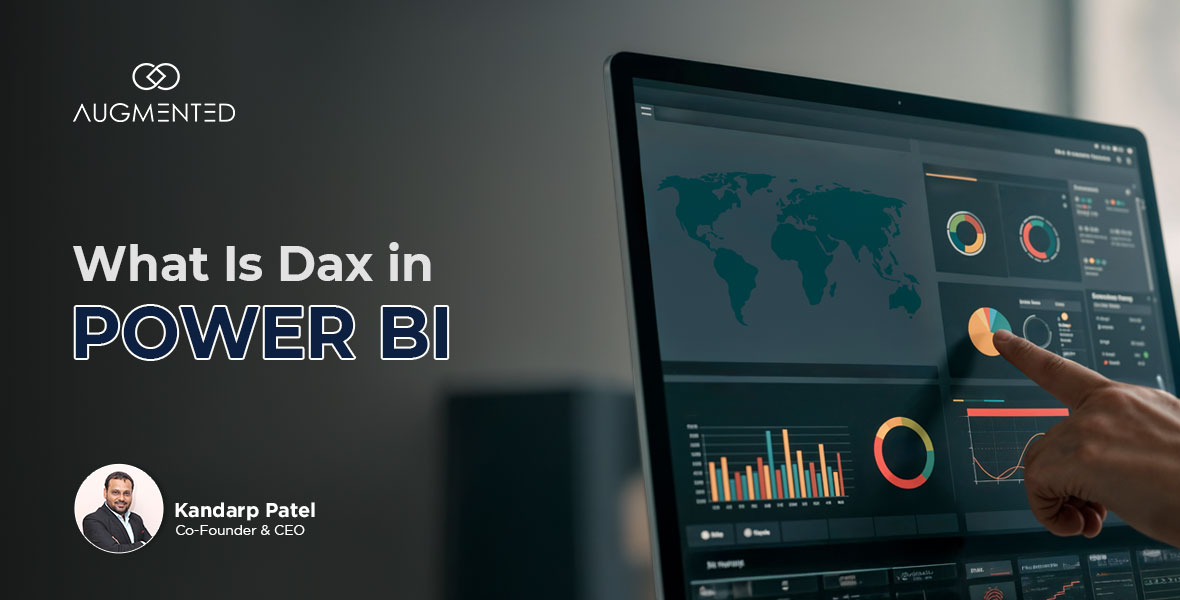Data visualization evolves rapidly as we stand on the cusp of more modern and overflowing data.
The importance of static charts and graphs still offers meaningful insights. However, they fail to capture the dynamic nature of data.
Thus, a growing need for more interactive data visualization tools and techniques emerges.
Businesses and individuals also need to stay along to adapt to this technological march ahead.
So, let's delve into the blog to see future interactive data visualization trends and techniques.
From Graphs to Virtual Reality: The Evolution of Data Visualization
Data visualization is a robust tool for businesses and organizations. It not only organizes the data but also conveys information effectively.
Diagrams, maps, charts, and other traditional data visualization techniques have long been the mainstays of data visualization. However, these traditional techniques need to evolve with technological advancements.
Why? Let’s have a look.
The Boundaries of Traditional Data Visualization
Data visualization was a long and tedious process a few years ago. The tools and techniques have been changing with the growing data.
While traditional tools and techniques have been effective, they have limitations. These include:
- Limited interactivity,
- Difficulty interacting with complex data,
- Inability to handle big data, and more.
To understand the limitations better, picture a scenario where a company uses charts/ graphs to analyze its sales performance. While the data visualization technique would be informative, the employees could overlook the hidden insights within the data.
On the other hand, an interactive data visualization tool or technique could change the entire scenario. How?
Let’s say the company uses a dynamic interactive visualization tool to analyze the same sales performance. Using this tool, the employees could get into the depth of data, such as
- Identifying hidden trends,
- Comprehending specific timelines and
- Predicting future performance
Here comes the need for interactive data visualization tools and techniques.
What is Interactive Data Visualization?
Interactive data visualization lets you interact with data in real time, as seen in the above example. With interactive features and user-friendly interfaces, you can easily analyze complex data.
Moreover, it provides a more immersive and personalized experience to the users.
Interactive data visualization tools, such as StatPlanet Cloud, GoodData, and Zoho Analytics transform spreadsheets and databases into interactive dashboards.
Traditional al VS Interactive Data Visualization
To understand how traditional data visualization has grown, let's look at the difference between traditional and interactive data visualization.
These are a few differences between traditional and interactive data visualization. With the ever-growing nature of data, these differences are prone to evolve.
Top 5 Data Visualization Trends and Technologies in 2024
With emerging technologies and gazillions of data in the market, the urgency to adapt to the latest trends in data visualization is crucial.
Interactive data visualization stands at the forefront of this endeavor, as its future holds tremendous promise in shaping your interactions with your data.
So, are you excited to see what the future holds for these emerging technologies?
Let’s have a look at what the future holds for these emerging data visualization technologies.
1. Artificial Intelligence and Machine Learning
Do you know that Machine Learning (ML) and Artificial intelligence (AI) are transforming the topography of data visualization?
How? By automating processes such as pattern recognition, insight generation, and data analysis.
AI algorithms can identify hidden data patterns and relationships in complicated datasets. ML (machine learning) models can help foretell future trends and behaviors.
For instance, machine learning algorithms can analyze sales data sets to predict future trends. You can make data-driven decisions by leveraging these predictions. Moreover, tasks such as inventory management and resource allocations become easier.
2. Augmented Reality and Virtual Reality
Virtual and Augmented Reality provides immense potential in the domain of data visualization. You can now display and understand complex data structures in a way impossible before.
Using these technologies you can create immersive and engaging visualizations that can help you better understand complex data sets.
To interact with your data, imagine how fascinating using a virtual reality (VR) headset would be. The headset would portray all the relevant information in virtual reality, making it engaging and captivating.
Users can also navigate through information landscapes to explore market trends or get into the depth of scientific data.
For example, you can change the real estate market by combining AR and VR. You can transform property data and market trends into 3D interactive experiences for your buyers.
3. Storytelling with Data
Data visualization is evolving in numerous ways. From creating charts and graphs, it is now more about crafting narratives.
The future of interactive data visualization lies in its ability to engage audiences. Here is when the narrative of storytelling becomes a powerful tool. You can create narratives around data to captivate your audience and convey insights.
For example, you can present your sales journey growth using storytelling. Interactive visuals and crafting a story around your data can help you connect with your audience. Your audience's connection will make complex information relatable and memorable.
4. Real-time Visualization
Real-time visualization is a game changer when it comes to constantly growing data. You can monitor recent trends, identify anomalies, and make timely decisions with real-time visualizations.
You can also track changes, identify patterns, and respond to emerging trends in real-time. Real-time visualization is like seeing data as it happens.
For example, monitoring website traffic at any given point. You can react promptly, address potential issues or anomalies, and make informed decisions.
5. Mobile Friendly Data Visualization
With the ever-growing technological advancements, data visualization must adapt to smartphones.
Mobile phones provide insights on the go. So, you can access your data in real-time with mobile-friendly visualization. It allows users to access readable data on their smartphones using interactive dashboards.
For example, you can make informed and real-time decisions if sales metrics are displayed on your mobile screen in an optimized format.
Conclusion
The future of data visualization is compelling and optimistic. Traditional visualization methods often need help to capture modern data, hindering your company's growth.
Embracing these trends and innovations is essential and not just an opportunity for businesses and organizations. So, stay up-to-date with these trends and innovations with us at Augmented Systems.
Only you can shape how you interact with your data and make informed choices in this data-driven world.





